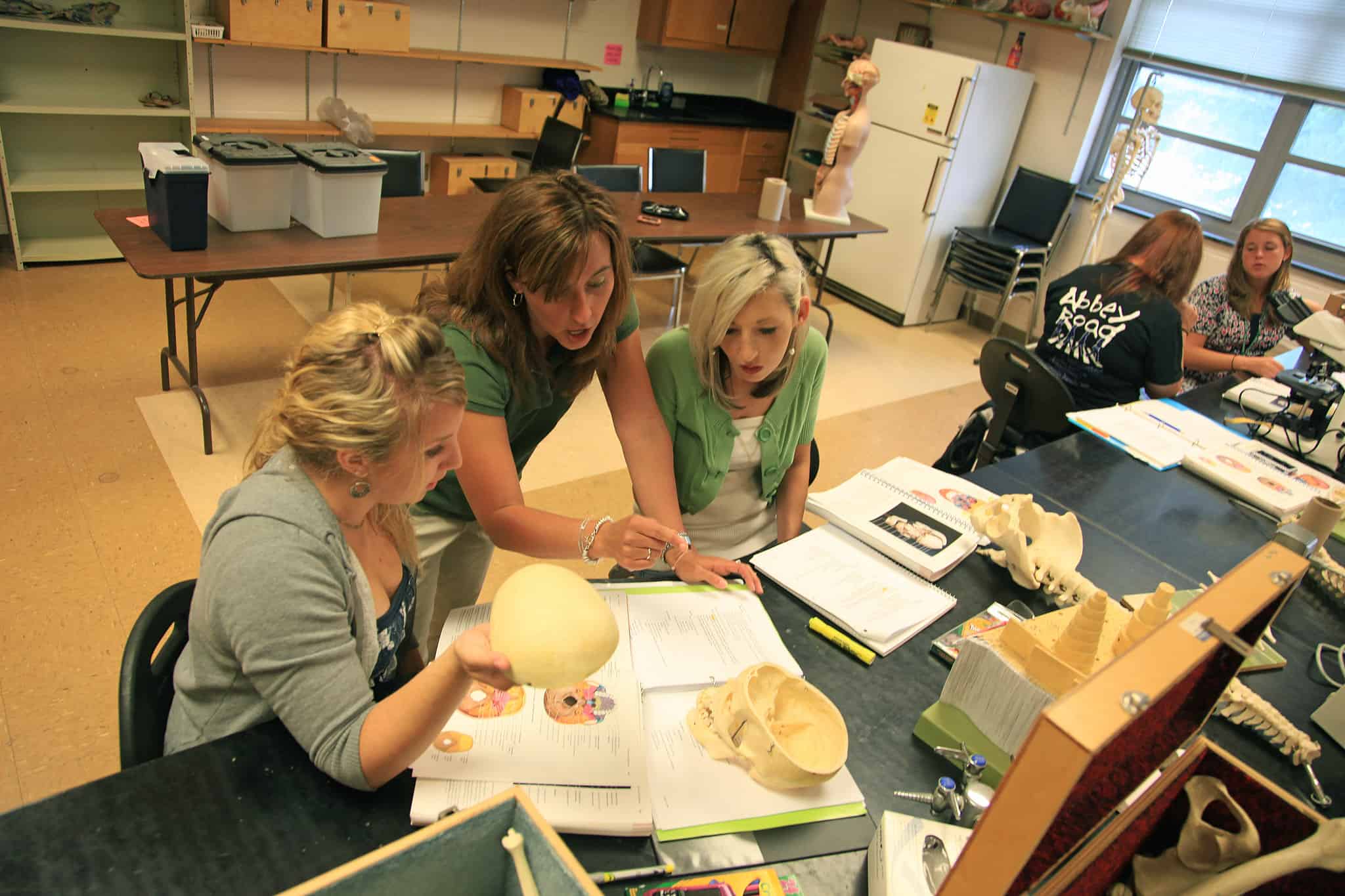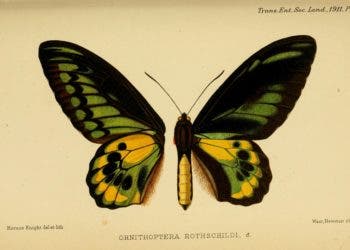Studying human anatomy can be very difficult and it’s easy for students to lost interest, especially early on. Now, a team of instructors found a way forward, creating a course that improves the experience: they use superheroes.

A team at The Ohio State University College of Medicine created a “SuperAnatomy” course in an attempt to improve the experience of undergraduate students learning anatomy. Some of the content examples included Deadpool to illustrate tissue repair, Elastigirl as an example of hyperflexibility and Groot to discuss skin disorders.
Most of the students who took the course found the use of superheroes increased their motivation to learn while fostering a deeper understanding of the material and making the content more approachable and enjoyable. The results, based on surveys of the students, were published in a study in the journal Anatomical Science Education.
“In these introductory courses, it’s a little tougher to talk about clinical relevance because students don’t fully understand a lot of the mechanics,” Melissa Quinn, one of the instructors in Ohio, said in a news release. “But if you bring in pop culture and tie it to the foundational sciences, then that becomes a way to apply it a little bit more.”
Anatomy and superheroes
Jeremy Grachan, the study’s first author, led the design of the curriculum as an Ohio State PhD student. SuperAnatomy was open to students of all majors and consisted of three 55-minute lectures each week and lab sessions twice in the semester. The curriculum relied on Human Anatomy 2300, a four-hour course taken by health majors.
Students from both classes were invited to participate in the study over three semesters in 2021 and 2021. In total, 36 in SuperAnatomy and 442 in Human Anatomy participated in the study. The researchers collected data from quizzes given during the first week of classes and the end of the semester. Students also completed pre and post-course surveys.
The quiz showed that student learning and application of the material in the two courses were essentially the same. “We looked at courses already running in our anatomy curriculum and took the relevant parts of those courses and added in the superheroes. So, we actually elevated the curriculum,” Quinn said in a press release.
After completing the course, the follow-up survey suggested that including superheroes strengthened their class experience. Nearly all the undergraduate students reported that pop culture and superhero references expanded their understanding of anatomy and increased their overall motivation to perform better in class.
The results suggest that educators should explore unique and creative ways to teach their curricula to boost student motivation – such as incorporating popular culture. “Here, we’ve seen that you can take a course like anatomy, which has been around forever, and bring it very much to whatever generation that we’re going to be teaching,” Quinn said.






